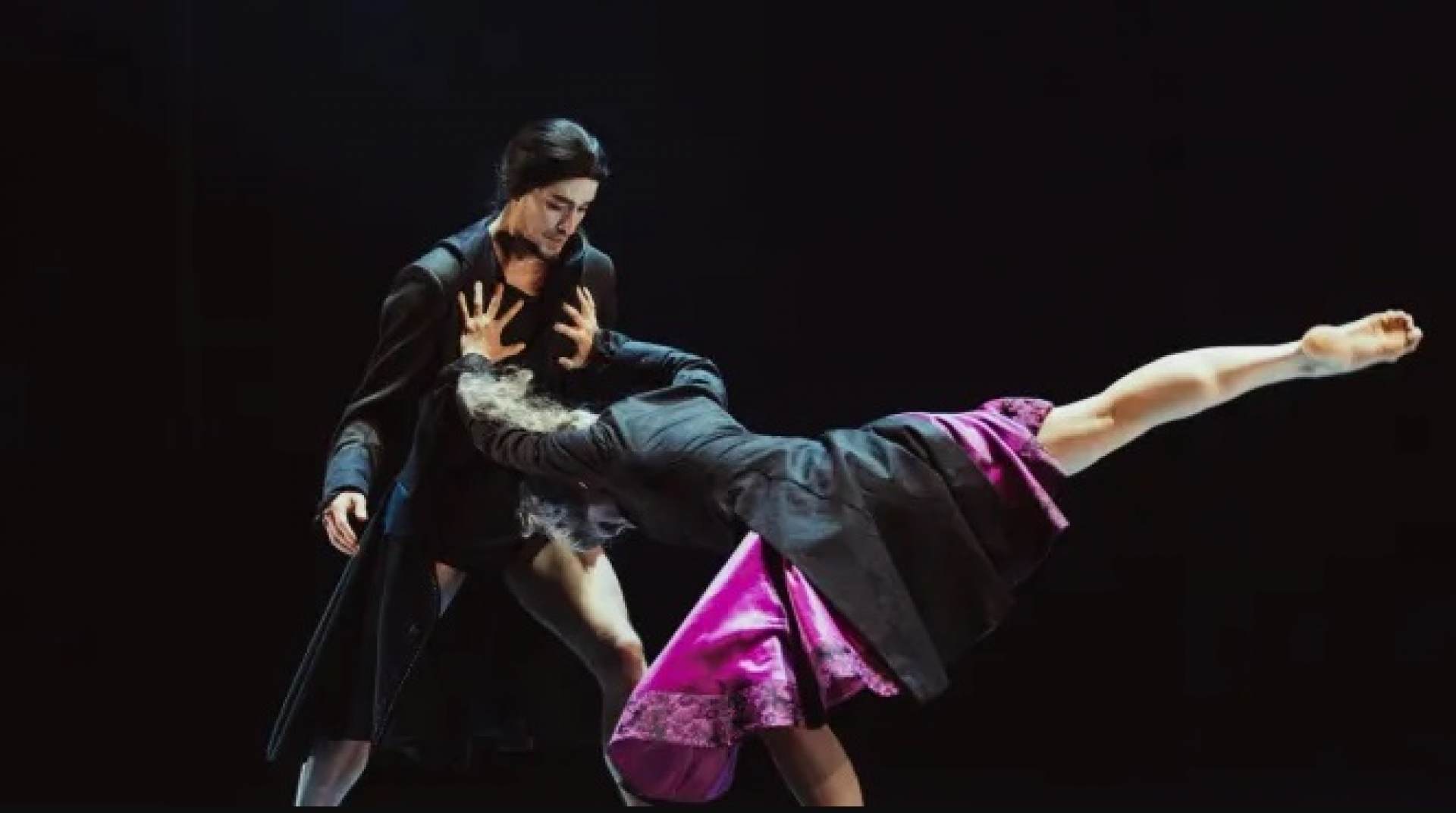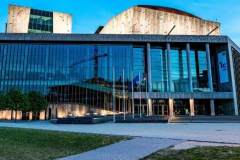Szeged Contemporary Dance Company
Mo | Tu | We | Th | Fr | Sa | Su |
One evening – two dance productions by the Szeged Contemporary Dance Company. In the first half of the programme, the protagonists try to snatch for themselves and each other a few “pure” moments from the monotony of their daily lives. Their movements carry undercurrents of desire, repression, and life trapped within the confines of society. Of course, all this is conveyed in very restrained, melancholy fashion in keeping with the theme of exploring the border between passion and suffering. Following the interval, the spotlight turns to one of European culture’s most fascinating figures. Don Juan is a man of extremes. He is sentimental, but his heart can turn to stone from one moment to the next. He is tender until he obtains the object of his desire, and at other times he is merciless. He is vain and narcissistic, yet persistent, heroic and self-assured. The Szeged Contemporary Dance Company reimagines this character of a thousand faces who has been interpreted a thousand times over.
Program and cast
Moderato Cantabile
dancers: Letizia Melchiorre
Gergely Czár
Csongor Füzesi
Miriam Munno
Diletta Savini
Lotár Vincze
Róbert Kiss
Francesco Totaro
Gioele Marcante
Diletta Ranuzzi
Adrienn Nyeste
Boglárka Rudisch
Málna Csató
Hanna Dorsich
music: montage
lighting design: Ferenc Stadler
lighting: Dániel Szabó
set construction: Scabello
costumes: Bianca Imelda Jeremias
choreography: Enrico Morelli
Don Juan
Don Juan: Francesco Totaro
Sganarelle, servant to Don Juan: Csongor Füzesi
Donna Elvira: Diletta Ranuzzi
Donna Anna: Miriam Munno
Don Ottavio: Gergely Czár
Zerlina: Diletta Savini
Masetto: Lotár Vincze
The Devil: Boglárka Rudish
Don Carlos and the Stone Guest: Róbert Kiss
Don Louis: Gioele Marcante
servant to Donna Elvira: Málna Csató
Dames: Adrienn Nyeste, Hanna Dorsich
music: Christoph Willibald Gluck
lighting design: Ferenc Stadler
lighting: Dániel Szabó
set design: Balázs Cziegler
set construction: Scabello
costumes: Bianca Imelda Jeremias
choreography: Tamás Juronics
Palace of Arts Müpa Budapest
When Müpa Budapest, Hungary and its capital's new cultural hub, opened in 2005, it was built to represent more than 100 years of Hungarian cultural history. As a conglomeration of cultural venues, the building has no precedent in 20th century Hungarian architecture and has no peers in the whole of Central Europe.
The creators of this ambitious project, the Trigránit Development Corporation, prime contractor Arcadom Construction and the Zoboki, Demeter and Partners Architectural Office, were driven by the desire to create a new European cultural citadel as part of the new Millennium City Centre complex along the UNESCO World Heritage-listed Danube waterfront. The result is a facility whose construction quality, appearance, functionality and 21st century technological infrastructure makes it ideally suited to productions of the highest standard. The building is also highly versatile and equipped to host performances of any genre and almost any scale.

 EN
EN DE
DE IT
IT FR
FR ES
ES RU
RU JP
JP RO
RO
 Seating plan
Seating plan 